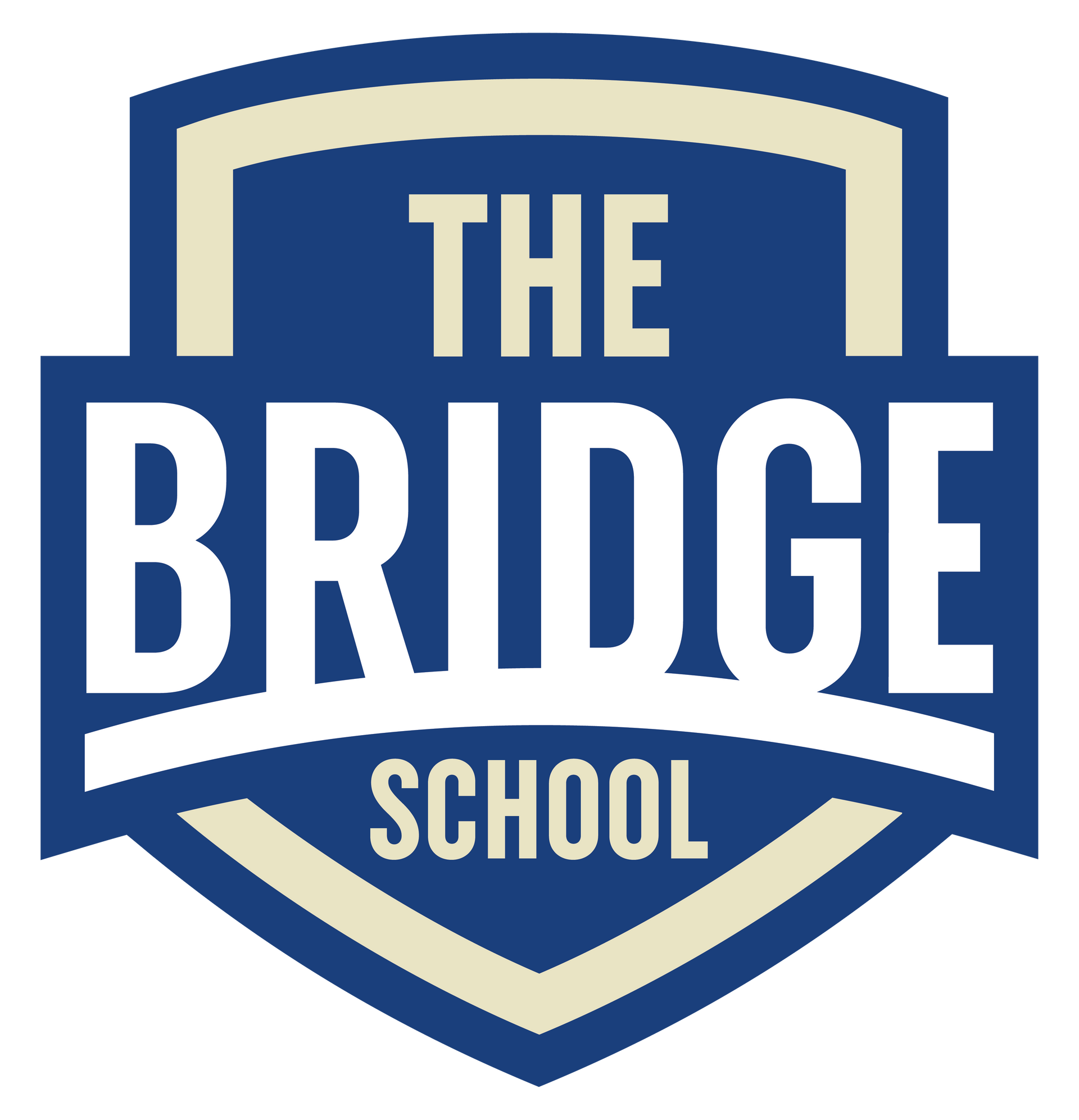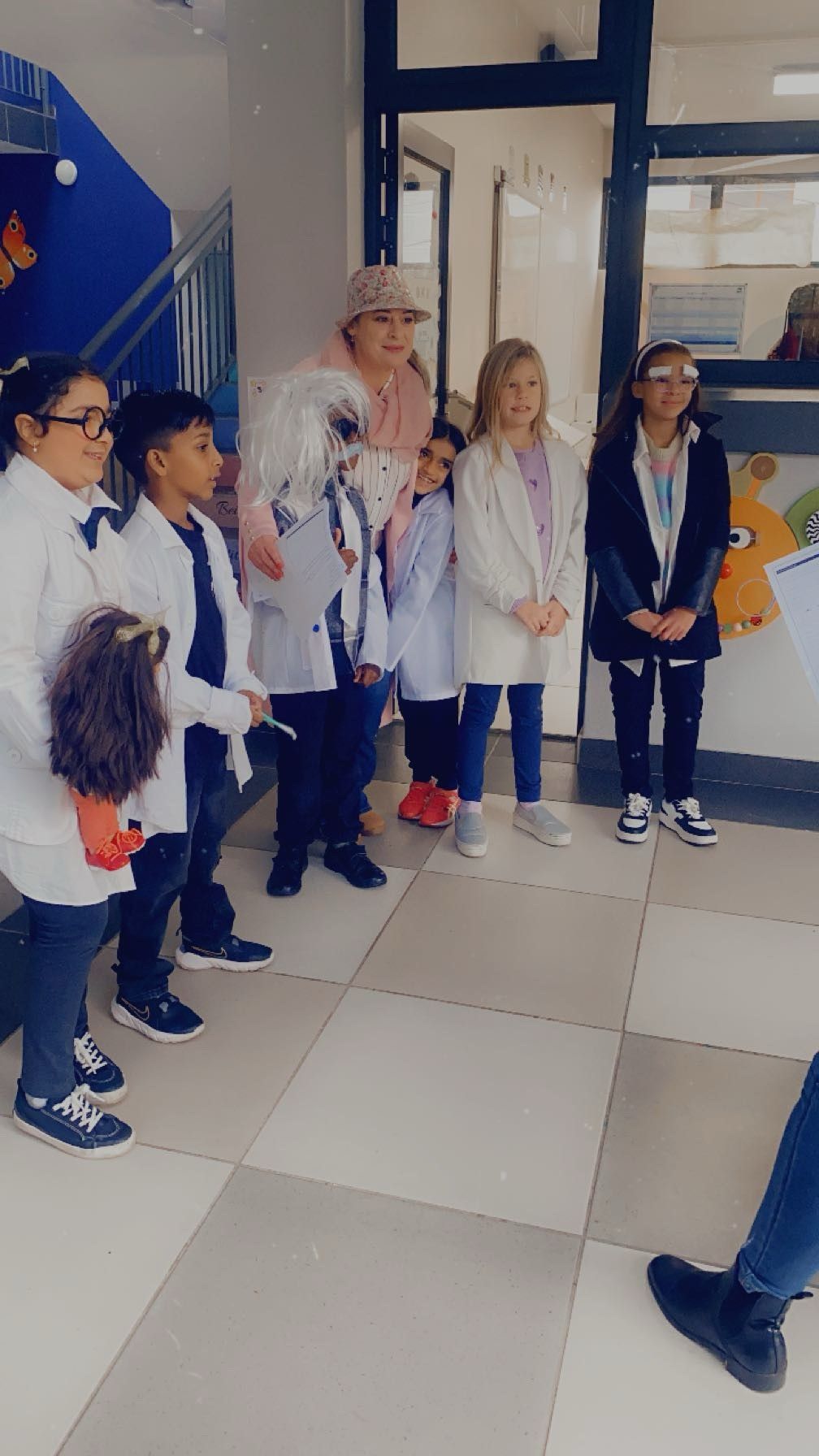FEES
Step 1
Please complete the online
application.
Step 2
Pay the R400 application fee via the secure payment portal (PayU).
Step 3
An application number will be
forwarded to you.
Step 4
Upload all of the required documents (Student Birth Certificate, Parent/Guardian ID, Latest Academic Report)
Step 5
Once the school received all the information you will receive an Offer letter that you will need to accept.
Step 6
You will receive an Admission number to be used as reference when paying the enrolment fee. Please pay via the Secure Payment Gateway (PayU).
Step 7
Lastly, we will issue you with a student number (SD Number) and confirm your login details to the Parent Portal on STASY (our Student and Tertiary Academic System)




